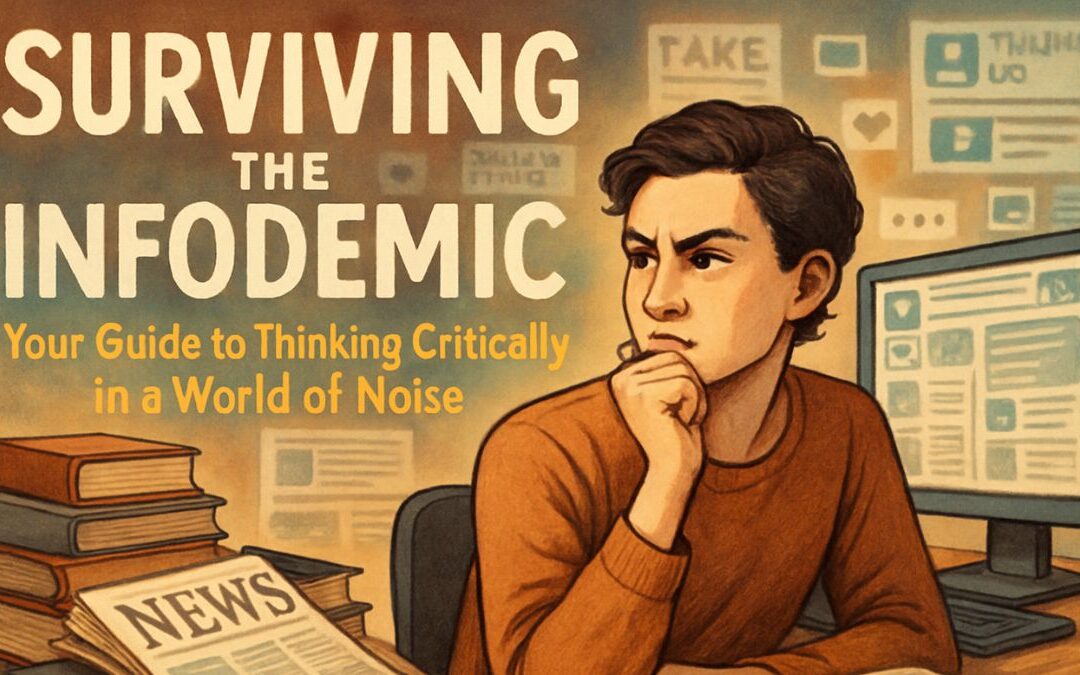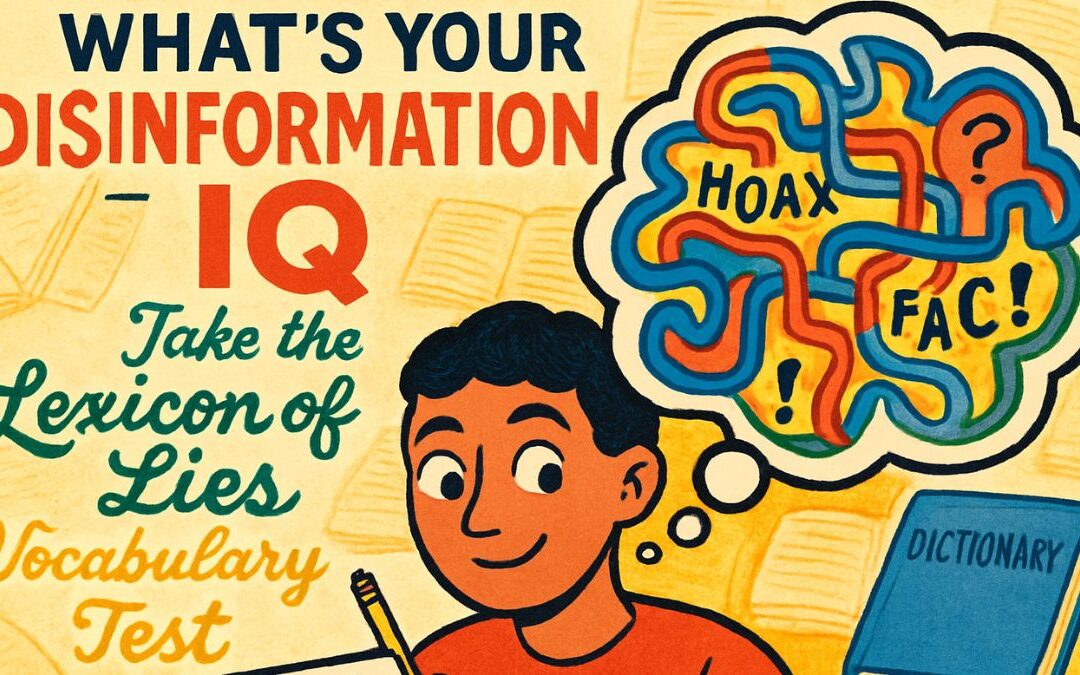- The Current Landscape of Global Arms
- Key Steps Toward Arms Reduction
- Real-Life Examples: A Glimpse of Progress
- Challenges on the Road to Disarmament
- The Role of Technology in Arms Control
- The Action Point: Making a Difference
- Why Should You Care?
- Key Takeaways:
- Keywords and Definitions:
- Frequently Asked Questions:
- Myth Buster:
- Let’s Talk: Discussion Questions
Explore the crucial steps in advancing disarmament dialogues for global arms reduction. Understand the strategies, challenges, and real-life examples that highlight the importance of this journey towards a more peaceful world.
In a world where the shadow of conflict looms large, the dialogue on disarmament and global arms reduction is more critical than ever. This conversation isn’t just for diplomats and policymakers; it’s a topic that impacts everyone, echoing in the streets of bustling cities and the corridors of power alike. Understanding the steps towards reducing global arms is not just about fostering peace; it’s about building a safer future for all.
The Current Landscape of Global Arms
To begin, let’s acknowledge the stark reality: the global arms trade is a multi-billion-dollar industry, fueled by geopolitical tensions, economic interests, and security concerns. The proliferation of arms, especially in conflict zones, exacerbates violence, undermines peace, and often leads to humanitarian crises.
Key Steps Toward Arms Reduction
- Strengthening International Treaties and Agreements: The backbone of arms reduction lies in international treaties like the Treaty on the Non-Proliferation of Nuclear Weapons (NPT) and the Arms Trade Treaty (ATT). Ensuring adherence to and the expansion of these agreements is vital.
- Promoting Transparency and Accountability: Transparency in arms dealings and military expenditures promotes trust among nations. Initiatives like the UN Register of Conventional Arms play a significant role in this.
- Encouraging Dialogue and Diplomacy: Open channels of communication between countries are essential. Diplomatic efforts, summits, and bilateral talks can pave the way for mutual understanding and agreements on arms reduction.
- Supporting Conflict Resolution Initiatives: Addressing the root causes of conflict can reduce the demand for arms. This approach involves conflict resolution, peacekeeping missions, and supporting post-conflict reconstruction.
- Empowering Civil Society and Public Opinion: Civil society organizations and the public have a powerful voice. Advocacy, education, and public campaigns can influence policymakers and raise awareness about the consequences of arms proliferation.
Real-Life Examples: A Glimpse of Progress
- The INF Treaty between the US and the USSR in 1987 led to the elimination of thousands of nuclear and conventional ground-launched ballistic and cruise missiles.
- In 2013, the international community adopted the Arms Trade Treaty, regulating the international trade in conventional arms and preventing their illicit trade and diversion.
Challenges on the Road to Disarmament
The journey is fraught with challenges – political will, economic interests, and security dilemmas often hinder the path to disarmament. Countries with significant investments in the arms industry may resist changes that could impact their economies.
The Role of Technology in Arms Control
Advancements in technology, like satellite imaging and artificial intelligence, offer new tools for monitoring and verifying compliance with arms control agreements.
The Action Point: Making a Difference
You play a crucial role in this global narrative. Stay informed about the policies and treaties related to arms reduction. Support organizations working towards peace and disarmament. Engage in dialogues within your community about the impacts of arms proliferation. Advocate for responsible policies by contacting your representatives. Each action, no matter how small, contributes to a larger movement towards a world with fewer arms and more peace.
Global arms reduction is not just an aspiration; it’s a necessary path to a safer, more stable world. By understanding, discussing, and acting on this issue, you become a part of the solution. Take that step today for a more peaceful tomorrow.
Why Should You Care?
Understanding global arms reduction is crucial because it directly impacts global peace, security, and stability. The proliferation of arms escalates conflicts, affects socio-economic conditions, and can lead to humanitarian crises. Being informed about this topic enables individuals to contribute to a culture of peace and influence policy-making at various levels.
Key Takeaways:
- Global Arms Trade Impact: The arms trade is a major global industry that can exacerbate conflicts and instability.
- Importance of International Treaties: Treaties like the NPT and ATT are crucial for arms reduction.
- Need for Transparency and Accountability: Openness in arms dealings helps build trust among nations.
- Role of Dialogue and Diplomacy: Communication between countries is key to mutual disarmament agreements.
- Addressing Conflict Causes: Reducing arms demand involves resolving underlying conflict issues.
- Influence of Civil Society: Public and civil society advocacy plays a significant role in shaping disarmament policies.
- Technological Tools for Arms Control: Technology offers innovative ways to monitor and enforce arms control.
- Economic and Security Challenges: Economic interests and security concerns are major obstacles to disarmament.
Keywords and Definitions:
- Global Arms Reduction: The process of reducing the number and impact of weapons worldwide.
- NPT (Non-Proliferation of Nuclear Weapons): A treaty aimed at preventing the spread of nuclear weapons.
- ATT (Arms Trade Treaty): An international treaty regulating the trade of conventional arms.
- Transparency: Openness in governmental actions, especially in military expenditures and arms trade.
- Diplomacy: Managing international relations through negotiation and dialogue.
- Conflict Resolution: Methods and processes aimed at resolving disputes and conflicts.
- Civil Society: Organizations and individuals acting in the interest of citizens, separate from the government.
- Economic Interests: Financial benefits or motivations, often influencing political decisions.
- Security Dilemma: A situation where actions by a state intended to heighten security can lead to increased tensions and conflict.
- Arms Proliferation: The rapid increase and spread of weapons, particularly in conflict zones.
Frequently Asked Questions:
How can individuals contribute to global arms reduction?
Individuals can contribute by staying informed, supporting disarmament organizations, engaging in community dialogues, and advocating for responsible policies.
What role do international organizations play in arms reduction?
International organizations facilitate treaties, monitor compliance, and provide platforms for dialogue and conflict resolution.
Can global arms reduction realistically lead to world peace?
While complete world peace may be idealistic, arms reduction significantly reduces the likelihood of conflicts and promotes stability.
Myth Buster:
Myth: Disarmament leads to countries being defenseless.
Reality: Disarmament focuses on reducing excessive and offensive capabilities, not eliminating a country’s ability to defend itself.
Myth: Arms reduction can happen quickly if countries agree.
Reality: Arms reduction is a complex process influenced by political, economic, and security factors, often requiring prolonged negotiations and gradual implementation.
Let’s Talk: Discussion Questions
- How do you think global arms reduction would impact everyday life in various parts of the world?
- What are some challenges you foresee in the path to disarmament?
- Can technology play a more significant role in ensuring compliance with arms reduction agreements?
Your voice matters in shaping a safer world. Share your thoughts and perspectives on global arms reduction in the comments below. Let’s engage in this critical conversation together.











0 Comments